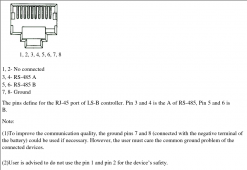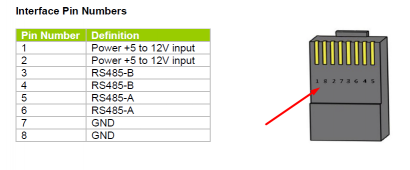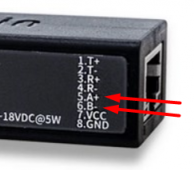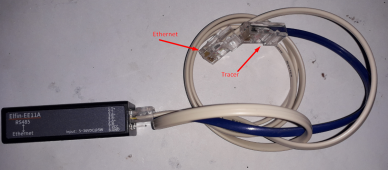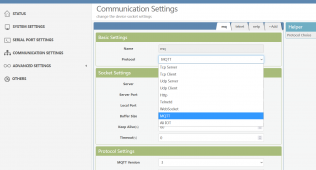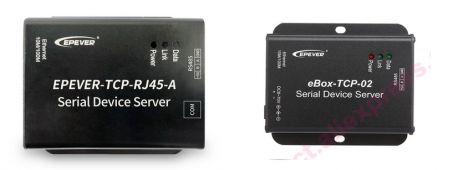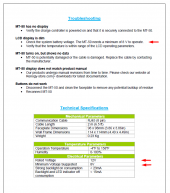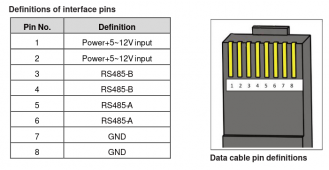Hi All. First post - have to start somewhere.
I run a collection of single panel systems:
I've replaced all the PWM CC's with Tracer AN series (1206 mostly) on 44V, 175W panels. This works well, but feature-creep has kicked in and now I want to monitor the three colocated 1206an's via an ethernet link.
As EPSolar don't offer a wired adapter, I've started with an Elfin EE11 RS485-Ethernet adapter (has anyone used one of these?)
I can connect to the EE11 and the network side seems fine, but this is my first expedition into Modbus and RS485.
I'm not completely confident I've got the data lines the right way around as manufacturers label them differently.
My real question is: which communication protocol is most suitable?
As a backup, I've ordered a second adapter that will present as a virtual com port as that will allow Solar Station Monitor to work directly.

cheers from down under.
Edit:
Also open to suggestions of alternative RS485 to Ethernet (not wifi) devices if you've had a positive experience.
I run a collection of single panel systems:
- one for a water pump
- one for security camera and electric fence energiser
- three for keeping start-batteries in good condition when their equipment is not being used.
I've replaced all the PWM CC's with Tracer AN series (1206 mostly) on 44V, 175W panels. This works well, but feature-creep has kicked in and now I want to monitor the three colocated 1206an's via an ethernet link.
As EPSolar don't offer a wired adapter, I've started with an Elfin EE11 RS485-Ethernet adapter (has anyone used one of these?)
I can connect to the EE11 and the network side seems fine, but this is my first expedition into Modbus and RS485.
I'm not completely confident I've got the data lines the right way around as manufacturers label them differently.
My real question is: which communication protocol is most suitable?
As a backup, I've ordered a second adapter that will present as a virtual com port as that will allow Solar Station Monitor to work directly.

cheers from down under.
Edit:
Also open to suggestions of alternative RS485 to Ethernet (not wifi) devices if you've had a positive experience.
Last edited:



